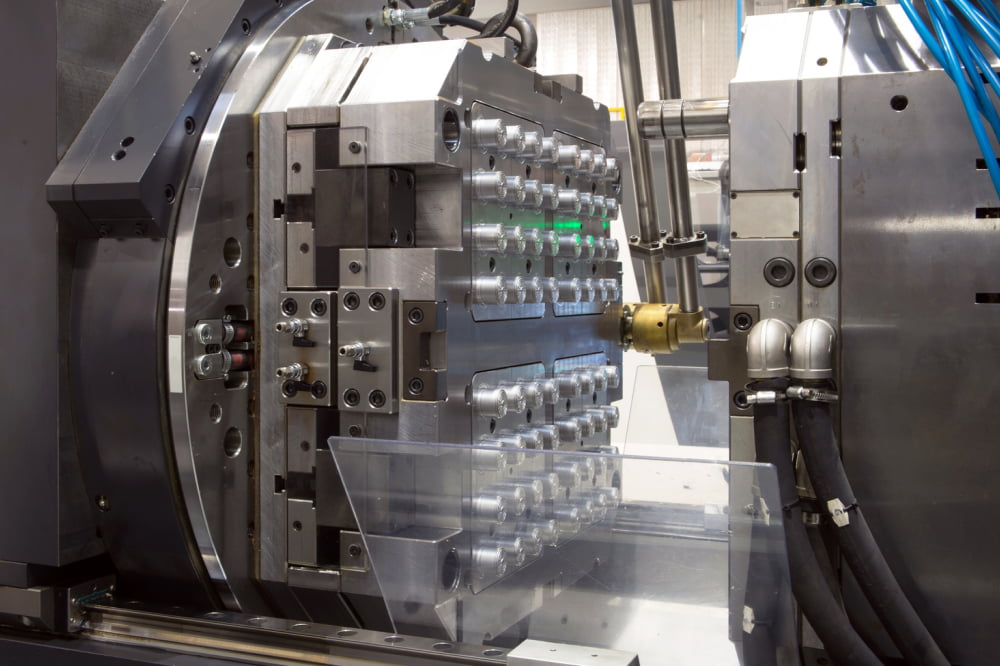
Guide to automation control components
Automation control components are revolutionizing industries across the globe by streamlining processes, optimizing productivity, and enhancing precision. They have paved the way for seamless automation, reducing human intervention in repetitive tasks and enabling real-time monitoring and control. The components transform traditional processes into efficient, reliable, and cost-effective operations, from manufacturing to logistics. As technology advances, the future of automation control components holds the promise of further innovation, empowering industries to achieve new levels of efficiency and precision.
In this article, we will delve into the world of automation control components, exploring the types of automation, the significance of industrial automation, the fundamental devices involved, and the critical elements of a machine automation system.
Types of automation
- Fixed automation: Fixed or complex automation involves specialized machinery designed for a specific task or product. Once programmed, it performs the task repetitively without modification. Fixed automation is ideal for mass production settings where consistency and high output are paramount.
- Programmable automation: Unlike fixed automation, programmable automation allows for flexibility and adaptability in production. This type of automation involves computer-controlled machines that can be reprogrammed to perform diverse tasks, making it suitable for small-scale batch production.
- Flexible automation: As the name suggests, flexible automation combines the benefits of fixed and programmable automation. It allows for quick reconfiguration of machinery to accommodate varying production needs, striking a balance between efficiency and adaptability.
What is industrial automation?
Industrial automation integrates advanced technologies and control systems to streamline manufacturing processes and improve operational efficiency. It involves using programmable logic controllers (PLCs), robotics, sensors, and other intelligent devices to monitor and control various aspects of production. Industrial automation optimizes resource utilization, reduces labor costs, minimizes errors, and enhances product quality, thus playing a pivotal role in modern manufacturing.
Automation control devices
- Programmable Logic Controllers (PLCs): PLCs are central to automation control systems. These industrial computers are designed to monitor input signals, process data, and control output signals based on pre-programmed instructions. PLCs are widely used in manufacturing, material handling, and process automation.
- Human-Machine Interface (HMI): HMIs facilitate human interaction with automation systems. They provide visual representations of the manufacturing process, real-time data, and controls, enabling operators to monitor and manage the system efficiently.
- Sensors and actuators: Sensors are vital components that detect changes in physical parameters like temperature, pressure, or position. Based on the data received, they relay this information to the control system, which triggers actuators to initiate specific actions, such as opening or closing valves.
- Drives and motors: Drives and motors convert electrical energy into mechanical energy. They control the speed and movement of machinery, ensuring precise and consistent operations in various applications.
Components of a machine automation system
- Control system: The control system is the brain of a machine automation system. It encompasses the PLCs, HMIs, and software that control the entire manufacturing process, ensuring synchronization and coordination of different components.
- Input/Output (I/O) modules: I/O modules act as intermediaries between the control system and the external devices, converting analog and digital signals into data that the PLCs can process.
- Communication networks: Automation control systems often incorporate communication networks to enable seamless data exchange between components. Popular protocols include Ethernet/IP, Profibus, and Modbus.
- Safety systems: Safety is of utmost importance in automation. Safety systems, such as emergency stop buttons, safety relays, and light curtains, ensure that machines halt operations when necessary to prevent accidents and protect operators.
Automation control components have transformed industries, revolutionizing tasks and redefining production efficiency. Different types of automation cater to diverse manufacturing needs, from fixed automation for mass production to flexible automation for adaptability. Industrial automation has proven to be a game-changer, optimizing resources and enabling real-time monitoring and control. Critical components like PLCs, HMIs, sensors, and drives work together seamlessly to create a sophisticated machine automation system that drives productivity and quality.




